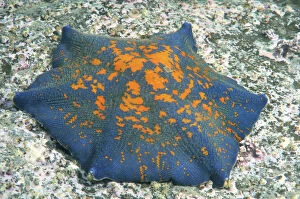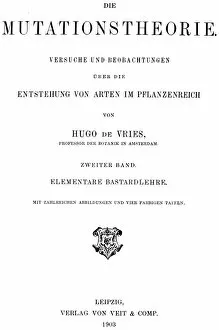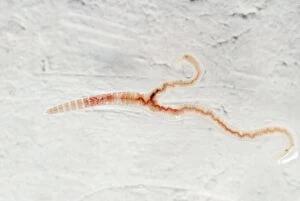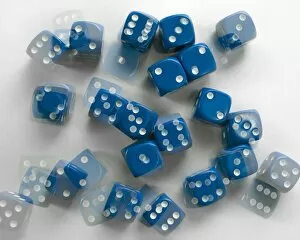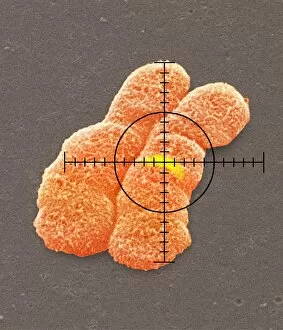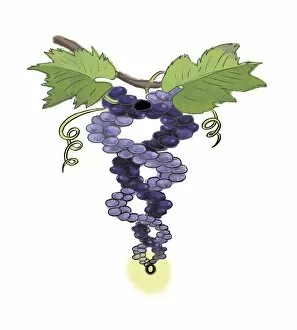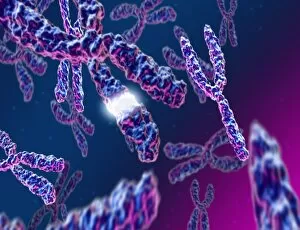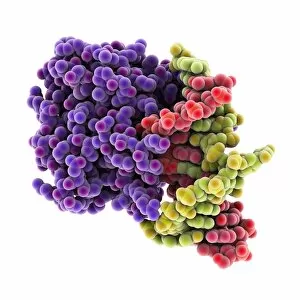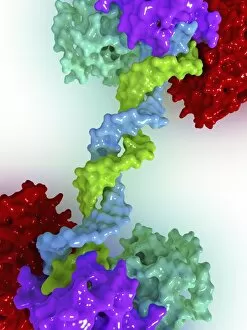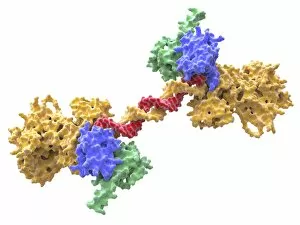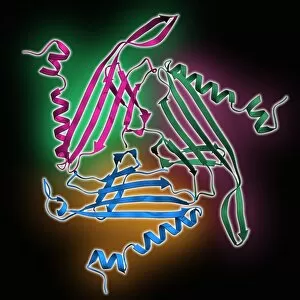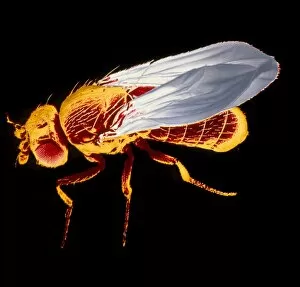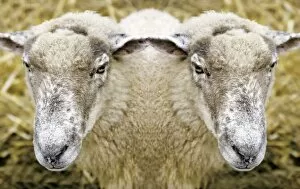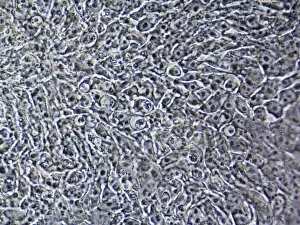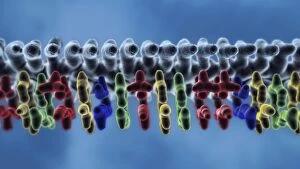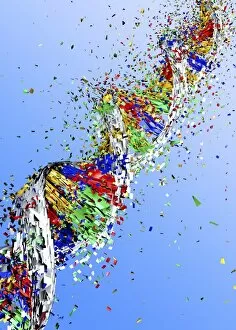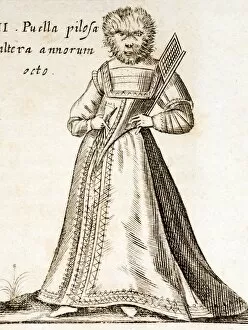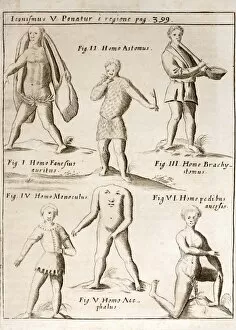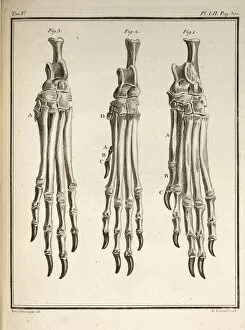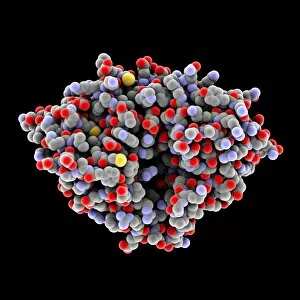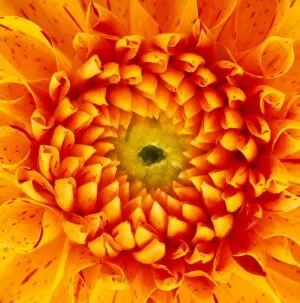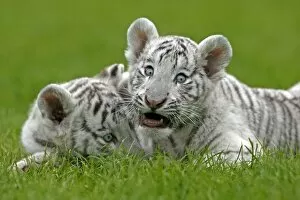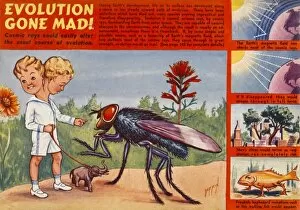Mutation Collection (#2)
"Exploring the Wonders of Mutation: From King Cheetah Coats to Four-Legged Chickens" Mutation, a fascinating phenomenon that unveils nature's creativity and diversity
For sale as Licensed Images
Choose your image, Select your licence and Download the media
"Exploring the Wonders of Mutation: From King Cheetah Coats to Four-Legged Chickens" Mutation, a fascinating phenomenon that unveils nature's creativity and diversity. Just like the elusive king cheetah coat, they can bring about extraordinary variations in species. Imagine a chicken with four legs gracefully running through lush grasslands – a sight that challenges our perception of normality. From ancient manuscripts depicting freakish births in Israel to modern-day DNA models unraveling the secrets of life, it has intrigued scientists and artists alike throughout history. The lithograph "Au Quartier Latin, 1898" captures this curiosity as it portrays fantastical creatures born out of genetic alterations. Intriguingly, even the concept of reincarnation finds its way into discussions on mutation. Images reproduced in "Monsters from the land of Merkites" and "Various reincarnations of the soul in animal forms" depict how mutations may have shaped mythical beings or influenced spiritual beliefs. Not all they are grandiose; some occur on smaller scales but still captivate our attention. Take the orange mutation, for instance – an unexpected burst of color amidst familiar shades. However, not everyone agrees on what defines a mutation or whether certain traits should be labeled as such – sparking lively debates among experts. Sometimes these changes result from deformities caused by skull abnormalities or chemical water treatments affecting aquatic lifeforms like koi fish with upward-kinked tails. These instances remind us that they can arise from various factors and affect diverse organisms across different ecosystems. Whether we marvel at peculiar coats or ponder over scientific mysteries encoded within DNA strands, one thing is clear: mutation holds an undeniable allure for those who seek to understand nature's boundless creativity and endless surprises.

